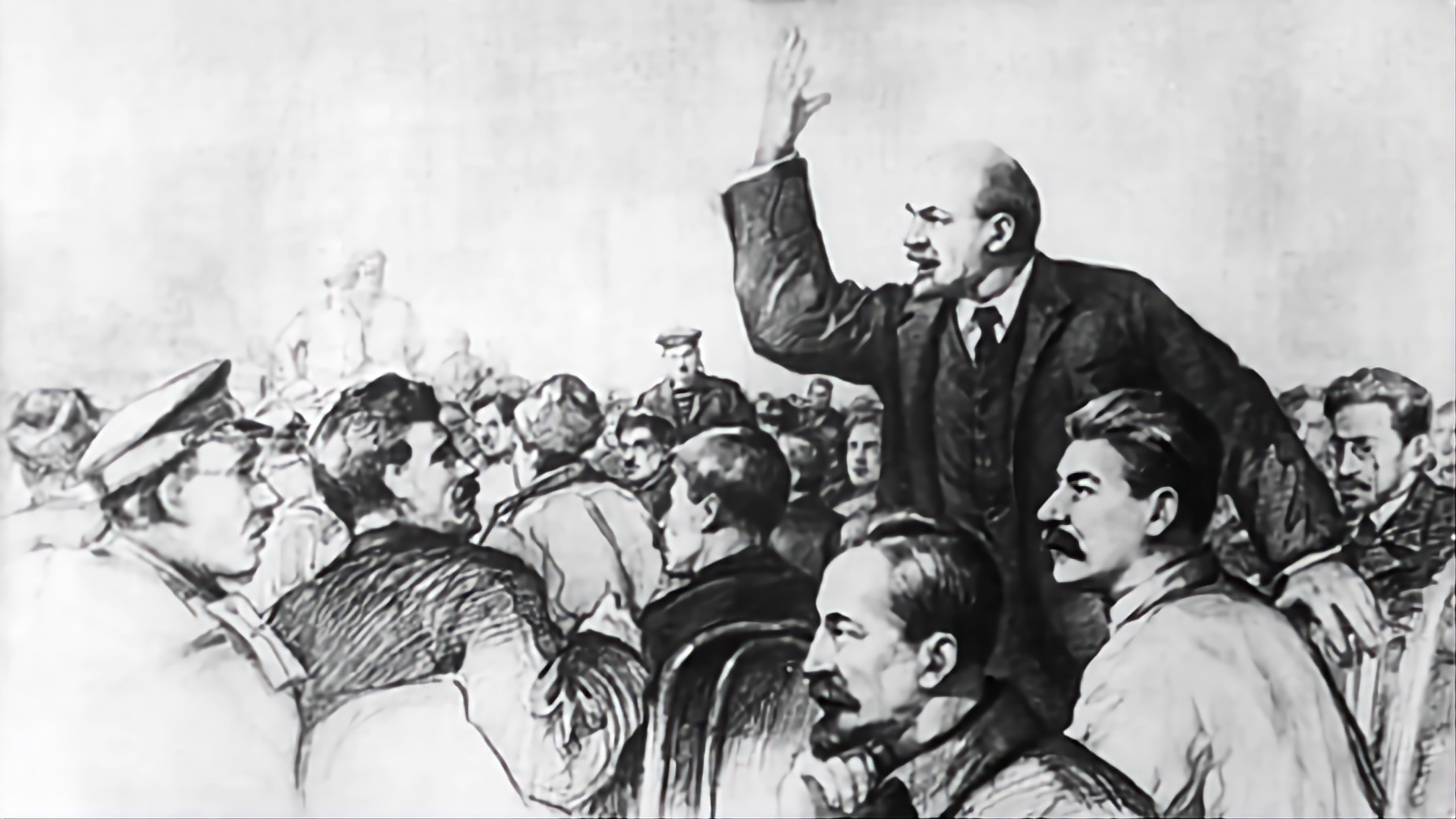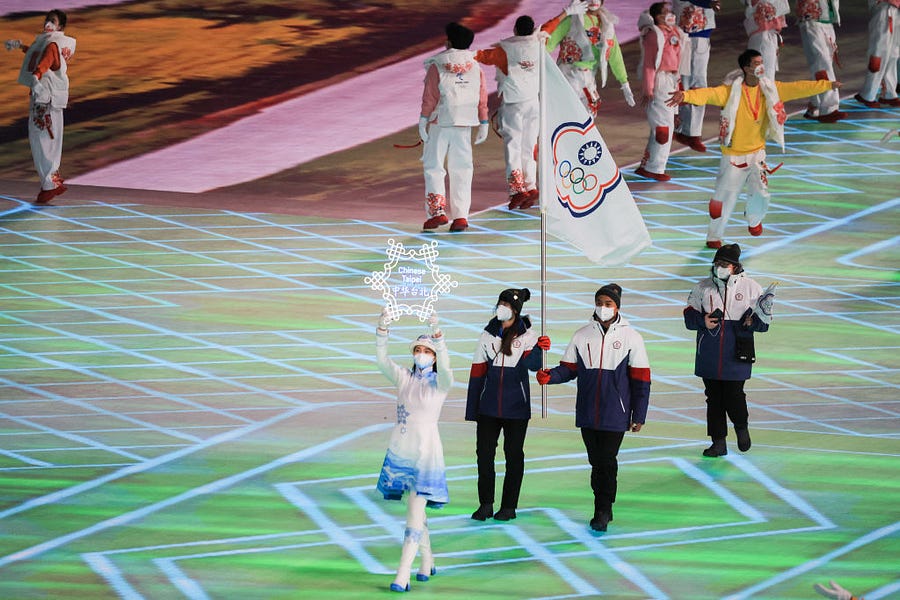Taiwan exists within an unusual category of territories that have all the markings of a nation-state without the recognition as such. How did it get here?
Taiwan. The Republic of China. Chinese Taipei. Taiwan, Province of China. Formosa. All of these names refer more or less to the same place, though that’s not immediately obvious. What gives? Why is Taiwan only sometimes known as “Taiwan”?
Taiwan’s international status, or lack thereof, traces back to its occupation under the Chinese Nationalist government, and to a decades-long international political conflict that played out in the United Nations and in private agreements among great powers. Taiwan before “Taiwan”
Beginning in the 17th century, Taiwan was often a part of larger empires. European empires, like the Dutch and Spanish, briefly claimed and administered parts of the island, taking lands from Indigenous Taiwanese and encouraging migration of Chinese laborers to the island. Under the Qing, the last of China’s imperial dynasties, Taiwan was administered as a frontier territory—first a prefecture, then a province. In 1895, the Japanese took control of the island as a prize of the First Sino-Japanese War. Japan sought to turn Taiwan into a model colony for the rest of its empire, while ascribing second-class status to Taiwanese citizens. For a few months before the Japanese secured control of Taiwan, there was a short-lived “Republic of Formosa” (borrowing the name given to Taiwan by Portuguese sailors, who called it Ihla Formosa or “beautiful island”) declared by remnant Qing officials who resisted the handover of Taiwan to Japan. Aside from those few months in 1895, Taiwan was in effect a colonial holding.
This began to change with World War II. Taiwan’s current international conundrum finds its roots in the diplomatic dealings and transformations that upended the international order during this period. During the war, the Allies laid the groundwork for a postwar international order should they achieve victory over the Axis powers. At the 1943 Cairo Conference, Allied leaders promised Chiang Kai-shek, leader of the Republic of China, possession of Taiwan. Chiang was the autocratic ruler of China and head of the Chinese Nationalist Party, or Kuomintang (pinyin: Guomindang), which had nominally unified China under the Republic of China government based out of Nanjing. In addition to being a Chinese Nationalist (upper case), he was a (lower case) nationalist. Chiang saw Taiwan as a Chinese territory that was forcefully taken by Japan from a weak Qing empire and that was rightfully a part of the Republic of China.
After their victory, the Allies forced Japan to relinquish its claims over Taiwan, which was then occupied by the Republic of China (ROC) in 1945. It is debatable whether this legally transferred control of Taiwan to the ROC, since the Treaty of San Francisco does not include China as a signatory. There is an argument to be made that, from the perspective of international law, Taiwan was never formally handed over, leaving its status undetermined. Still, international law has no ultimate court or arbiter, and more often than not power, not law, is what matters in the international system. Because the ROC put boots on the ground, Taiwan was in effect ROC territory from 1945 onwards, a claim backed by the Chinese military presence above all.
In 1949, the Chinese Communist Party defeated the Kuomintang in the Chinese Civil War and established a new state, the People’s Republic of China. Chiang Kai-shek retreated with remnants of the Nationalist government and one million soldiers to Taiwan, re-establishing a government based in Taipei. Yet, even though Chiang was defeated in war, he and the ROC government continued to claim sovereignty over all of China, including the vast majority of the mainland that was controlled by the new Communist regime. In Chiang’s political rhetoric, the “Maoist bandits” (maofei) were usurpers and would be driven out when Chiang’s forces launched their inevitable counterattack.
On the ground, this political imaginary translated into a governmental structure that treated the ROC as if nothing had changed in 1949. The Kuomintang ruled Taiwan as if it were merely one province in a larger nation. In the National Assembly, a parliamentary body supposed to represent all counties of China, representatives elected in 1947 continued to serve in Taiwan for over four decades until democratization. By the time constitutional reform allowed for a new round of elections in 1991, many of its representatives were octogenarians who had not seen their homes in China in decades, much less represented their political interests. Maps published during this period continued to color all the provinces of China as if it still belonged to the ROC. This even applied to Mongolia, which the ROC claimed as a province by virtue of it having been a territory of the Qing empire.
The ROC claiming sovereignty over all of China was part of its efforts to maintain an imagined “geobody,” to borrow from geographer Thongchai Winichakul. After 1949, the ROC only ruled Taiwan and a few small islands around the shores of mainland China and in the Taiwan Strait, such as Kinmen, Matsu, and Pescadores (Penghu). In reality, from 1949 onward, the ROC and Taiwan, geographically speaking, were one and the same. The “One True China”
In diplomatic matters, Chiang Kai-shek was also adamant that the ROC was the only legitimate government representing China. Controlling just a fraction of what the ROC claimed as theirs, Chiang needed the support of the international community in order to ensure his government's continued existence. Thus, he insisted that other countries recognize the ROC and not the PRC as the rightful “China.”
Early on, several countries immediately recognized the newly founded People’s Republic of China. But most followed the lead of Western nations, and in particular the United States. As the Cold War began to heat up, the Korean War was a watershed moment. Convinced that preventing the spread of communism in Asia was vital to the interests of the United States, US policymakers recognized the Republic of China (on Taiwan) as a natural ally in the global battle against communism. The United States, for much of the Cold War, encouraged its other allies to continue recognizing the ROC as the only Chinese government, thus isolating the PRC internationally. For several decades, there was only one China—for most countries in the world, it was the Republic of China on Taiwan.
“One China”: Not “Two Chinas,” not “One China, One Taiwan”
Cracks began to emerge in this façade by the 1960s. A global wave of decolonization from the dismantling of European empires led to the emergence of newly independent nation-states in Africa and Asia. These new states carried votes in the United Nations, the body that emerged in the postwar era as a de facto forum for the resolution of international disputes.
Since the 1960s, the PRC—through its communist ally, Albania—lobbied the UN to replace the ROC with the PRC. For decades, with opposition behind the scenes from the US, Albanian-introduced resolutions on this issue failed to garner the two-thirds majority required for decisions on a nation’s membership in the UN. Yet, by the late 1960s, the votes were steadily rising in Beijing’s favor. More and more nations, especially those in the global South, saw that Beijing governed hundreds of millions, compared to tens of millions governed by the ROC in Taiwan, and recognized that omission as a problem.
In 1971, when it became clear that UN Resolution 2758 replacing the ROC with the PRC would pass with a two-thirds majority of the UN General Assembly, the US presented Chiang with several options. Two alternatives were raised: a “Two China” solution that would allow the ROC and PRC to co-exist in the UN, or a “One China, One Taiwan” solution that would allow the ROC to exist internationally as Taiwan. Chiang, ever the nationalist, summarily rejected both alternatives. There could only be one China, and that was the Republic of China. So the ROC left the UN, and as a result became increasingly marginalized in the international community.
The same year, Henry Kissinger’s secret negotiations with PRC Premier Zhou Enlai, followed by President Nixon’s famous visit to Beijing in 1972, set off the next phase in Taiwan’s international status. Whereas the ROC’s ouster from the UN signaled the beginning of Taiwan’s exclusion from the international system, the ROC still had the backing of a global superpower in the US. Kissinger and Nixon changed that. The 1972 joint US-China Shanghai Communiqué signaled a new US policy acknowledging that there is only “One China.” Naturally, both the PRC and ROC believed that they were that China, and the other was illegitimate. But the Joint Communiqué framing acquiesced to Beijing’s preferred language regarding Taiwan, choosing to acknowledge the “One China” position and “not challenge” it. Kissinger and Nixon were concerned more with achieving a breakthrough in US foreign policy vis-à-vis China and the Soviet Union, and “rarely reflected on Taiwan at all.”
As early as 1959, when the Senate Foreign Relations Committee began exploring a solution to the “China problem,” they discussed having the ROC “re-recognized as the Republic of Taiwan,” in effect a “One China, One Taiwan” solution. By accepting a “One China” solution, Kissinger and Nixon closed off paths to having both the ROC and PRC be internationally recognized. Most consequentially, Nixon and Kissinger ensured that the possibility of Taiwan, recognized as such (and not as the ROC), was also closed off, as both Beijing and Taipei continued to insist Taiwan was a part of “China.”
In January 1979, Jimmy Carter finished what Nixon started by switching official diplomatic recognition to the People’s Republic of China...


Taiwan international status is the same as LPR, DPR and Kosovo. No one gonna recognize them because it's a forbidden ground that shouldn't be cross for lots of country